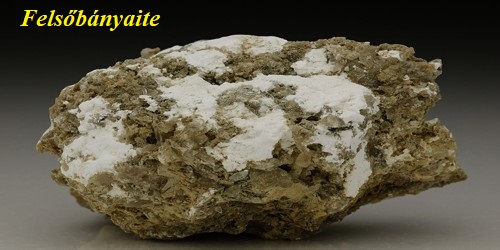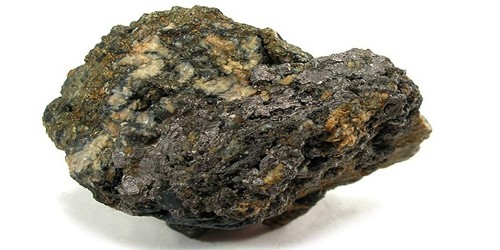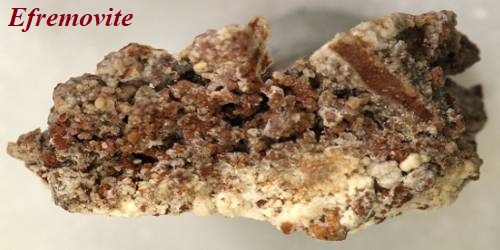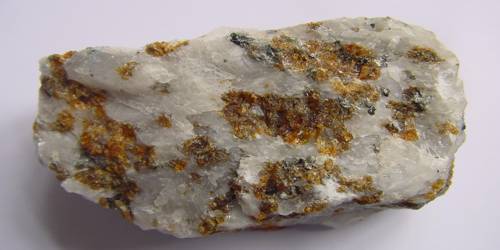Felsőbányaite or basaluminite is a hydrated aluminum sulfate mineral with formula: Al4(SO4)(OH)10·4H2O. It is a rare white to pale yellow mineral which typically occurs as globular masses and incrustations or as minute rhombic crystals. It crystallizes in the monoclinic crystal system.
The mineral name basaluminite was used for an occurrence of the same mineral in England in 1948 and discredited by the International Mineralogical Association (IMA) in 2006.
General Information
- Category: Sulfate mineral
- Formula: Al4(SO4)(OH)104H2O
- Crystal system: Monoclinic
- Crystal class: Sphenoidal (2) (same H-M symbol)
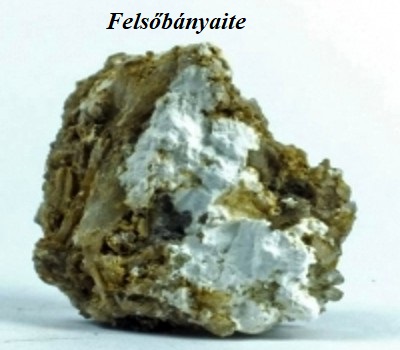
Fig: Felsőbányaite or basaluminite
Properties
- Color: White to pale yellow, pale brown
- Crystal habit: Globular masses, minute rhombic crystals
- Cleavage: Distinct to good on {010} and {100}
- Mohs scale hardness: 1.5
- Luster: Vitreous, pearly on cleavage surfaces
- Diaphaneity: Semitransparent
- Specific gravity: 2.33
Occurrence
Felsőbányaite was first described in 1853 for an occurrence in the Baia Sprie mine, Baia Sprie (Felsőbánya), Maramureș County, Romania, and named for the locality.
It occurs as a weathering product under acidic conditions associated with pyrite or marcasite decomposition. Associated minerals include hydrobasaluminite, hydroargillite, meta-aluminite, allophane, gibbsite, gypsum, and aragonite.
Information Source:
